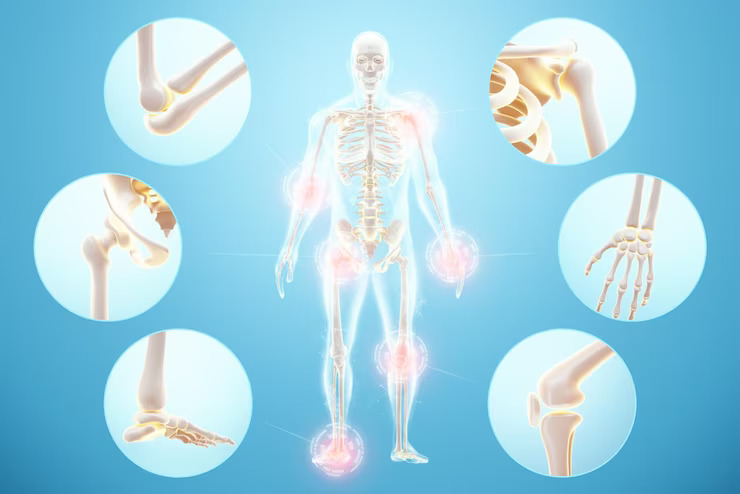
Autologous Chondrocyte Implantation (ACI)
A complex surgical method called autologous chondrocyte implantation (ACI) is used to replace worn-out cartilage in joints. This ground-breaking method includes taking healthy cartilage cells from the patient and growing them in a lab. Following their implantation into the afflicted joint, these grown cells help the injured cartilage to regenerate.
For problems like chondral abnormalities in the knee, ACI offers a minimally invasive, individualized method of cartilage restoration. Patients can get increased joint function and pain reduction with cutting-edge methods and specialized therapy. Trust in our knowledge for thorough treatment in autologous chondrocyte implantation, giving you the best chance for a speedy recovery.
Conditions Treated
- Enhanced performance and decreased pain
- Minimally invasive knee replacement surgery
- A customized strategy for deteriorated cartilage
Emergency?
24 Hour Ready
Call Us for Emergency
+91-9828501360
Book an Appointment
Seamless Fitness Care Access: Booking an Appointment with Your
Trusted Doctor
Autologous Chondrocyte Implantation FAQ's
Autologous Chondrocyte Implantation (ACI) is a surgical procedure used to treat articular cartilage defects in the knee. This technique involves taking a patient’s own healthy cartilage cells, culturing and multiplying them in a laboratory, and then implanting them into the damaged area to stimulate cartilage repair. ACI is a surgical procedure that aims to repair damaged cartilage in the knee by transplanting a patient’s own cultured chondrocytes (cartilage cells) into the injured area.
The ACI procedure involves two steps. First, a small sample of healthy cartilage cells is harvested from a non-weight-bearing area of the patient’s knee. These cells are then cultured and expanded in a laboratory. In the second step, the cultured cells are implanted into the cartilage defect, often using a periosteal patch or a synthetic membrane.
Recovery from ACI is typically gradual and can take several months. Weight-bearing and range of motion exercises may begin soon after surgery. Physical therapy is essential to regain strength and mobility and to prevent reinjury.